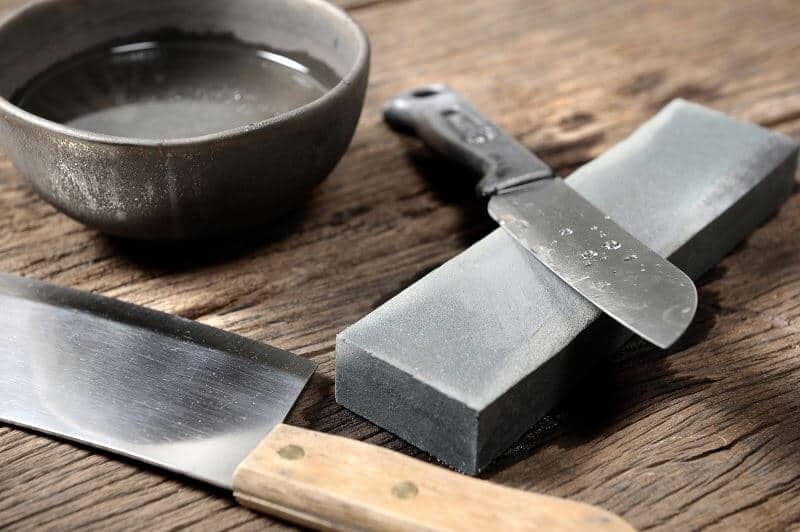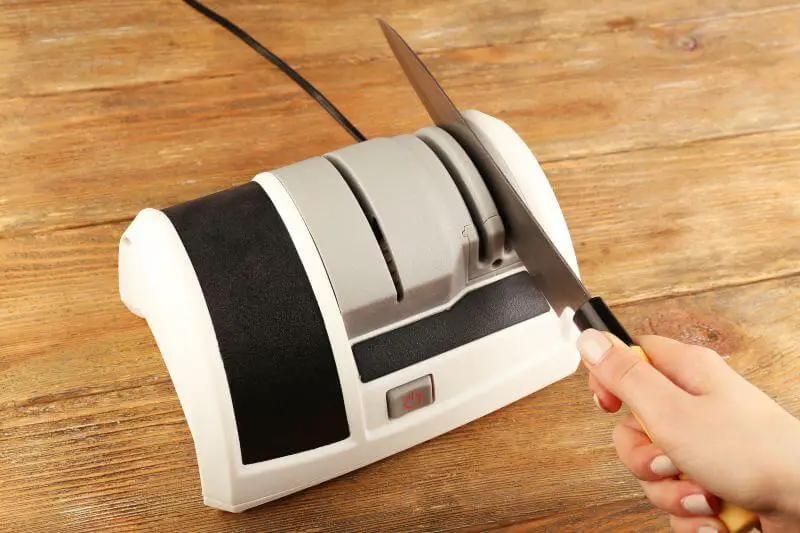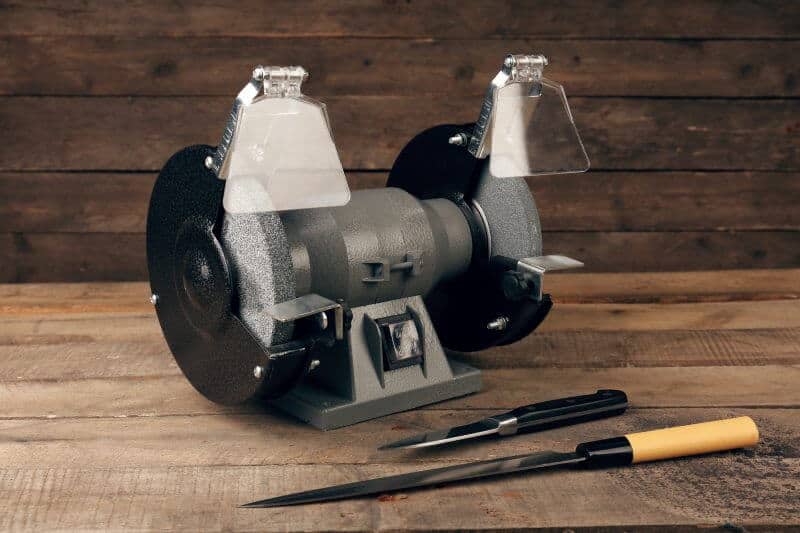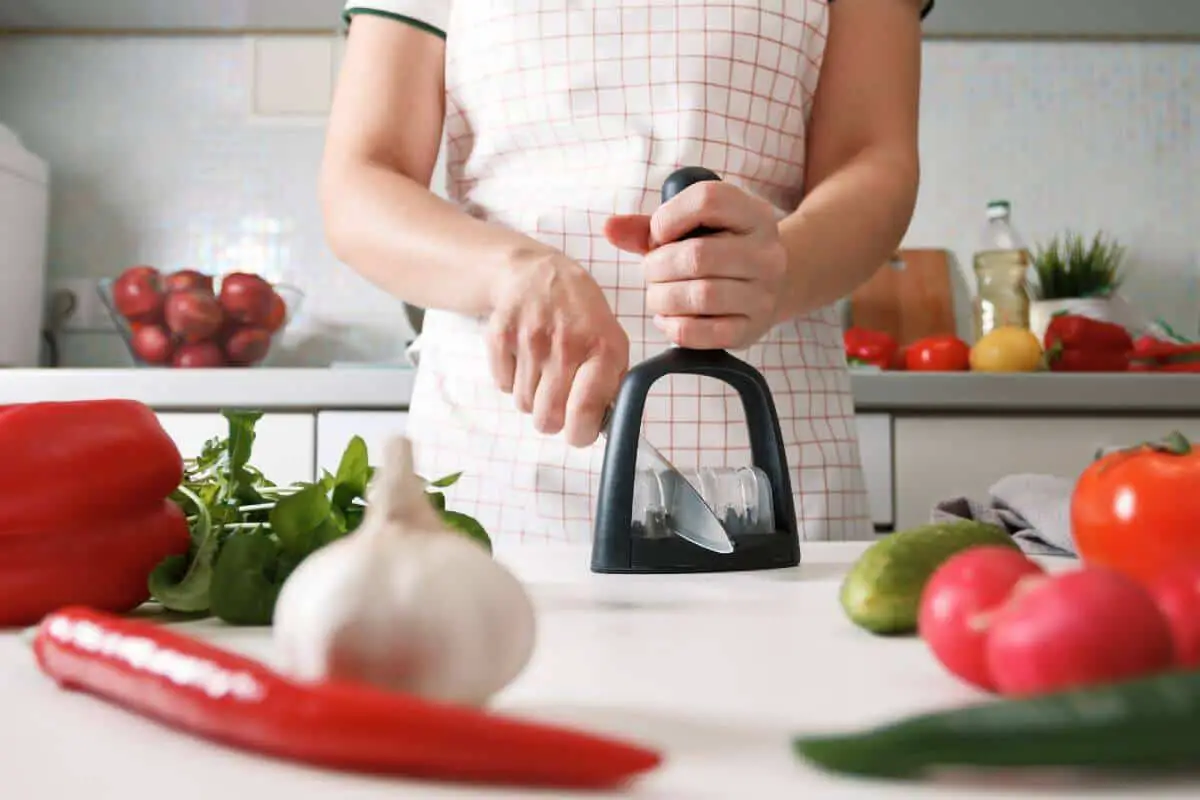Whether you’re an aged or a rookie home cook, I’m pretty sure you’ve already heard the saying that a “Dull knife is more dangerous than a sharp knife”. But, how often to sharpen Knives? Cutting with a dull knife will need more pressure and a thus higher risk of it slipping and causing you harm. Not to mention it also makes tasks way more tedious than it should. A balance has to be identified somewhere to ensure you do not overdo sharpening knives.
How to check if your knife needs sharpening?
Pro tip: Use a tomato! Simply run the knife through it. If it slices the skin effortlessly, the knife is still sharp. If you struggle a little, try honing it. If it’s still not cutting through, then proceed with sharpening the knife.
Honing vs. Sharpening: What’s the difference?
Honing doesn’t make your dull knife sharp. What it does is keep a sharpened knife, sharp. It realigns and keeps a straight edge on the knife. You can hone your knife as often as necessary. Depending on how much you use it. Honing doesn’t wear out your knife as sharpening does.
Sharpening, to put simply, is like shaving your knife to be sharp again. Like you would with a pencil. It creates a new sharp edge on the knife. This will make it feel like new. But do not sharpen your knife more often than needed, because it will cut the knife’s lifespan. It’s better to hone regularly so you will rarely need to sharpen the knife.
How often should you hone or sharpen your knives?
Honing, on the other hand, depends on the kind of knife you have. Stainless steel knives normally need honing after every 2 to 4 uses. This will help them stay sharp. While carbon steel knives require honing after each use.
Sharpening your knife depends on how much you use it. If you use it every day, it’s best to sharpen it at least every 3 months. For moderate use, you can sharpen it every 6 to 12 months.
How should you sharpen your knives?
Sharpening your knife can be done in many ways. Here are some of the most commonly used methods:
Whetstone – This is the traditional way of sharpening your knives. Even professionals still do it. Put the whetstone on top of a damp towel to keep it from moving around. Make sure to keep consistent low angles on every stroke so as not to ruin the edge of the knife. Then repeat the same strokes on the smoother side of the whetstone before using the knife.

Electric Knife Sharpener – This is a faster and more convenient way of sharpening your knives. However, if used incorrectly, it can end up in uneven edges. It can also scratch the surface of the knife. The result is also not as sharp as it would on a traditional whetstone.

Professional Knife Sharpener – The best way to sharpen your knife, is to have it done by a professional. It costs anywhere from $4 to $10, depending on the size of your knife. You can find professional knife sharpeners at cookware shops, butcher shops, and even online.

Kitchen Hack: If you don’t have any of these tools at home or can’t stand to be away from your knife for a couple of days to send it to an online shop, you can use a ceramic mug to sharpen your knife. Put it upside down on a damp towel. Then hold your knife at a 15-degree angle and give it low and slow strokes on the mug and voila! Your knife is sharp again. 😉
Tips to Keep Your Knife Sharp:
Do not put the knives in the dishwasher. The pressure and heat from the dishwasher may cause the blades to dull or nick. The best way to clean your knives is with a drop of soap and warm water. Dry knife after wash.
Do not store it with other kitchen tools or store them in a drawer. They can nick each other, or the knives can get nicked by other tools.
Use a cutting board. Hard surfaces can nick and dull your blade.
A sharp knife is a home cook’s best friend. It needs a little effort, but you reap what you sow. 😉


